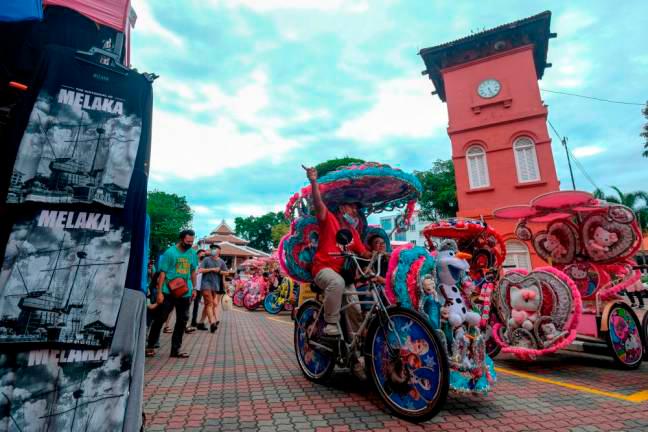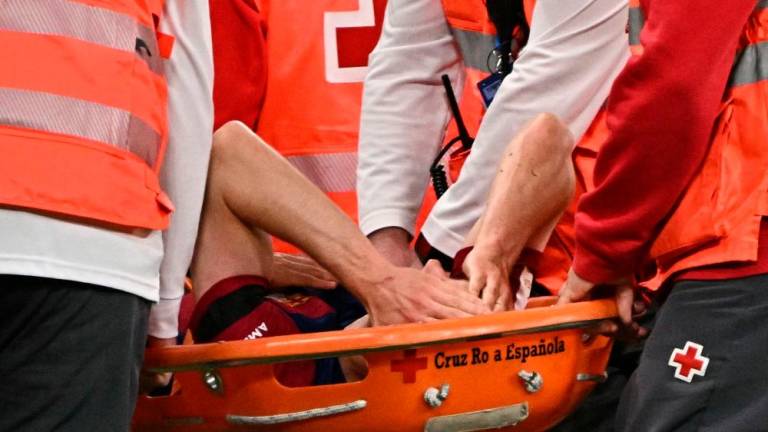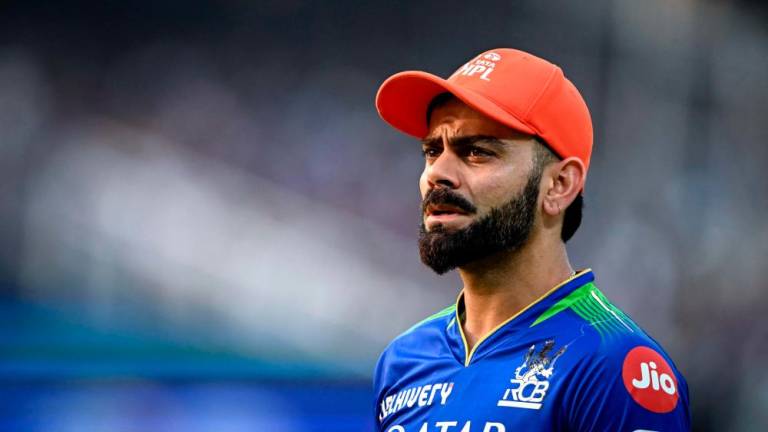PETALING JAYA: Travel shows on TV are ideal for the armchair globetrotter.
One could dive into the deepest ocean, climb the highest mountain or walk through the most scenic countryside without physically leaving the living room.
The restrictions on movement brought on by the Covid-19 pandemic have brought such excursions to a new level to meet the needs, at least partly, of travel enthusiasts.
Virtual reality tours are now the in-thing. They come laden with local expert commentary, and are custom-made for each traveller with a tour guide in tow, to ensure unique experiences that are not possible on National Geographic or Discovery Channel presentations on TV.
Leading the charge in virtual tours in Malaysia are Lokalocal and Buddyz. According to Lokalocal co-founder and content and marketing lead Rachael Lum, virtual tours are not new in Malaysia.
Property companies used the technology to give potential buyers a view of the interior of a house or apartment, but Lum said the pandemic has sped up the adoption of this technology.
At Lokalocal, tours are designed to meet individual preference. It leverages on technology and storytelling to create 360-degree virtual tours, with a guide to engage the traveller in the digital world, much like what they do in the real world. Among the local tourist destinations that have made it into the virtual world are the National Mosque, the Mah Meri Cultural Village and the Kuala Lumpur Heritage Walk.
“Customers are able to explore each spot visually and are guided by an audio commentary of the history and highlights of the place,” Lum told theSun.
Hotels such as Four Points by Sheraton Kuala Lumpur in Chinatown, Pavilion Kuala Lumpur and the Smokehouse Hotel in Cameron Highlands have also begun to use virtual tours to promote their rooms, facilities, spaces and surroundings to potential guests.
Lum said a good virtual tour offers an immersive experience with compelling content. “The storytelling makes it engaging. We can personalise each tour to enhance viewer experience, so there are plenty of possibilities.”
Buddyz head of guests and buddies experience Oliver Chong Yew Fai said virtual Malaysian destination tours have attracted enthusiasts from around the world, mostly from the United States, United Kingdom and Europe.
“We want to encourage people to travel more meaningfully, to immerse themselves in the local culture and to connect with people from the places they visit,” he said.
Hosts, especially those that manage tourist attractions, that sign up to offer tours on the platform are trained to ensure their guests get as close as possible to a real-world experience. The platform provider takes care of marketing their services.
Chong said hosts are on site to ensure the “live” tour is delivered interactively. The number of hosts and customers of virtual tours has doubled since last year, a development that has not gone unnoticed by the Malaysian Association of Tour and Travel Agents (Matta).
It recently underscored the importance of virtual tours to keep Malaysia on the world tourism map when it urged industry players to turn to digital platforms to fulfil the desires of travel enthusiasts.
Matta president Datuk Mohd Khalid Harun said Malaysia has many cultural and natural attractions such as museums, beaches and islands that can be promoted through virtual 3D tours.
“We do not want people from other countries to forget that Malaysia is still a prime travel destination,” he said.
At RM30 to RM250, depending on how elaborate it is, a virtual tour is a lot cheaper, even by backpacker standards.
But close as they get to the real experience, virtual tours are not likely to appeal to everyone.
As Lum conceded, they cannot replace the physical travel experience.
But for the host, it opens up new avenues for destination marketing, and that is a plus for the tourism industry.













